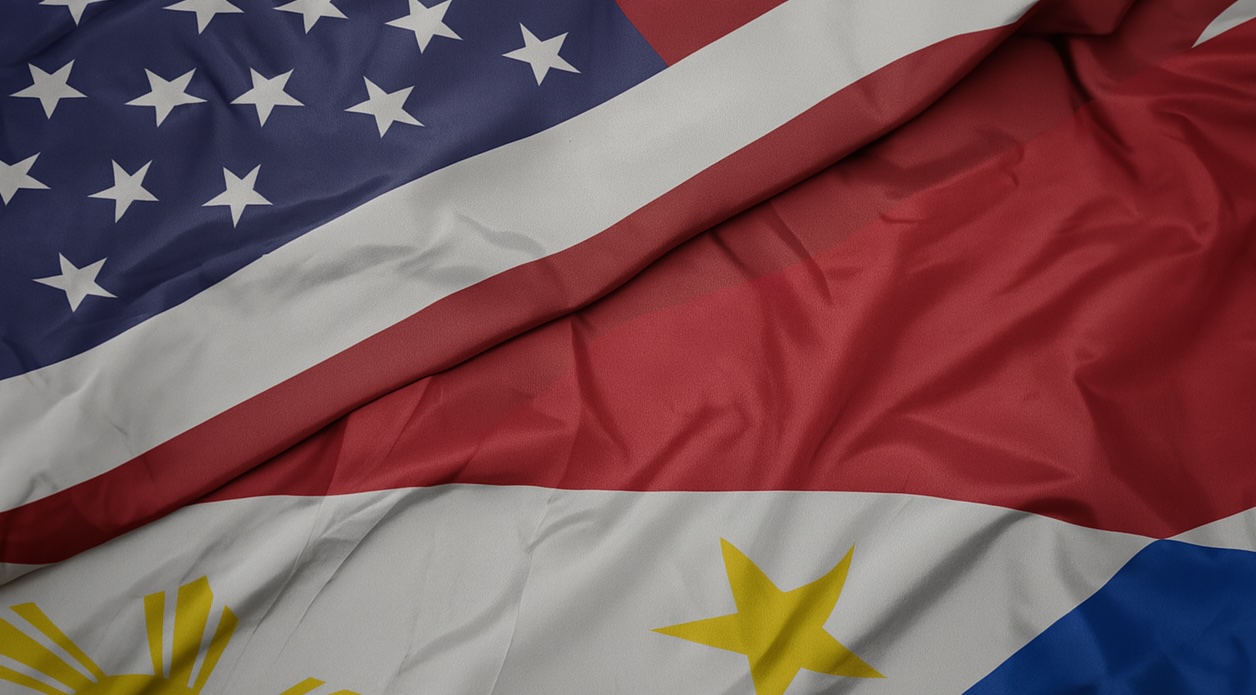Already a subscriber? Make sure to log into your account before viewing this content. You can access your account by hitting the “login” button on the top right corner. Still unable to see the content after signing in? Make sure your card on file is up-to-date.
The United States and the Philippines have finalized a trade agreement after a meeting between President Trump and President Ferdinand Marcos.
Some shit you should know before you read: A few weeks back, the White House began sending letters to various world leaders notifying them of new tariff rates the United States intends to impose on their exports, part of President Donald Trump’s effort to recalibrate trade imbalances. In a letter to the Philippines, Trump confirmed a 20% reciprocal tariff on Philippine exports to the US, up from the previously threatened 17%, with the new rate scheduled to take effect on August 1, 2025. According to the Office of the United States Trade Representative (USTR), total goods trade between the US and the Philippines reached $23.5 billion in 2024, with the Philippines exporting $12 billion to the US and importing $8 billion in American goods. The Philippines’ top exports to the US include semiconductors, electronics, machinery, and garments, while its major imports from the US consist of agricultural products (such as wheat and meat), aircraft parts, and industrial machinery. If the 20% tariff goes into effect, the US would stand to collect roughly $2.4 billion in additional duties each year on Filipino goods entering the US market.

What’s going on now: In a notable development, President Trump announced a new trade agreement with the Philippines that eliminates US tariffs on Filipino exports while locking in a 19% tariff on Philippine imports. The deal, finalized during Philippine President Ferdinand Marcos’ visit to the White House, marks a step toward closer economic cooperation between the two longtime allies. “The Philippines is going OPEN MARKET with the United States, and ZERO Tariffs,” Trump wrote on Truth Social. “The Philippines will pay a 19% Tariff. In addition, we will work together Militarily.”
The agreement slightly reduces the previously proposed 20% US tariff on Philippine goods, which Trump had originally threatened earlier in the year as part of his broader tariff strategy. This minor reduction came after Marcos expressed his willingness to negotiate “a bilateral trade deal that will ensure strong, mutually beneficial and future-oriented collaborations,” and hinted at potential zero tariffs on selected US imports to reach an agreement.
Beyond trade, the meeting also underscored security cooperation between the two nations. Trump and Marcos reaffirmed the importance of the 1951 Mutual Defense Treaty and pledged continued military collaboration, particularly in light of rising tensions with China in the South China Sea. Defense Secretary Pete Hegseth said the US was committed to “achieving peace through strength,” while Marcos reiterated that mutual defense “continues to be the cornerstone” of US-Philippine relations.







